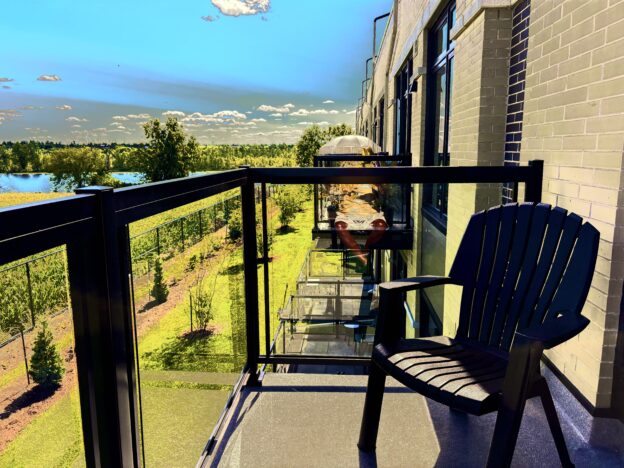Long ago we surpassed the description of clothing as mere retirement from the atmosphere – akin to surrounding leaves in a tree or pieces of straw assembled in a nest. We now believe no doubt that the majority of clothing is primarily functional. We have blue jeans for Saturday and sensible shoes for temple. We all know the significance of a wedding dress, a dinner jacket and a bow tie or the rustle of a courtroom silken gown. Indeed the list of “costume” goes on forever!
Beyond the utility of clothing is what Thomas Carlyle (see below) refers to as “decoration” (and what I might call instead “accessories”). Carlyle, I suspect, felt the need to equate the “barbarous man” (another of his anachronisms) with the purely cosmetic feature of decoration rather than ascribe to the additive any nature of supplemental appendage such as ornamentation. Perhaps I am unnecessarily quibbling. My only point is to emphasize that accessories needn’t be purely decorative; that is, nonfunctional.
The first spiritual want of a barbarous man is Decoration, as indeed we still see among the barbarous classes in civilised countries.
Excerpt From
Carlyle, Thomas
“Sartor Resartus, and On Heroes, Hero-Worship, and the Heroic in History.”
A wedding band for example – though considered a great symbol of love and adornment – also passes as an unwitting signal to outsiders to keep their distance in the event of an unprovoked interest. By contrast, the appearance of discreteness and reserve translated from a 3-piece suit and the curling smoke of a briar pipe are no inhibition to the most rampant clubhouse behaviour with the right amount of whiskey or porto.
Whatever the accessory, there is normally a message within. I don’t think it is “stretching it” to say that those with tattoos have made a decision about not only the inner “decorative” nature of the tattoo but also the outward implications adjoining it. The same of course applies to the chap in the 3-piece suit. It is the same reason that wearing a ring on your pinky or middle finger provokes a different message. Nor is there room for limiting the alignment of particular accessories to men or women. A diamond for example is often seen in a gentleman’s pinky ring – as I recall years ago having done at the Empress Hotel in Victoria, British Columbia.

Speaking of the lack of imbalance between men and women, the Scottish gentleman can make an earnest competition to any accessory a woman might use – kilt pins, cap badges, plaid brooches, sporrans and sgian dubhs (perhaps even dirks and daggers).
All my life I have worn a chain about my neck. For starters, I like metal – everything from copper and bronze to sterling silver and gold.
Copper, brass, and bronze are all reddish-toned metals, but they differ in their composition and properties. Copper is a pure element, while brass is an alloy of copper and zinc, and bronze is an alloy of copper and tin. This difference in composition leads to variations in colour, strength, malleability, and resistance to corrosion.
This morning I was obliged to remove my gold chain to avoid interfering with an endodontic scrutiny. Because I have to return in a week for another more detailed X-ray (or whatever they call it), I have decided to avoid replacing my chain until we’re done. The deprivation amuses me because it never fails to arouse a noticeable disturbance. And it is not merely the absence of the chain; it is the comparative sustenance without it. Shamefully I feel somehow less qualified. Which of course I know is absurd but it illustrates the scope of the alteration. Interestingly I have temporarily abandoned another accessory – a sterling silver bumble bee – not of course because it is at all inappropriate for a hot summer day rather because I haven’t the current inclination for it. This vague mandate is nonetheless one which will, I know, one day suddenly resurface and compel me to adorn it for whatever manifestation I then seek to exemplify. In other words, the ornament is not purely decorative but may indeed be functional in an odd sort of way.
